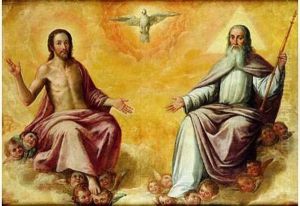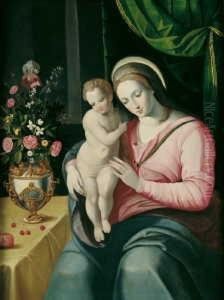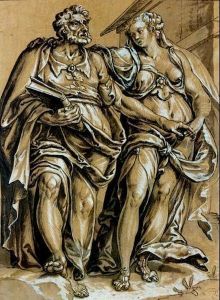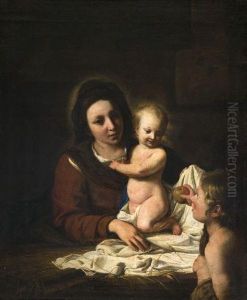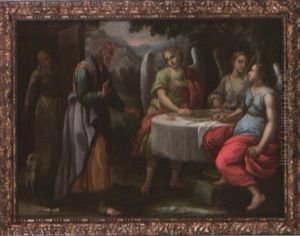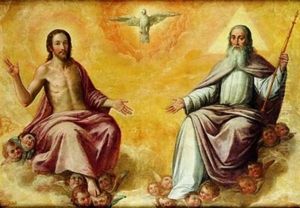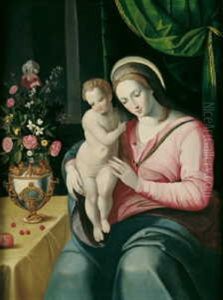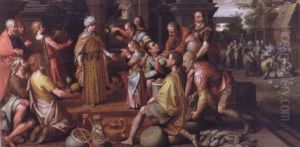Nicolas De Hoey Paintings
Nicolas De Hoey was a Flemish engraver, draughtsman, and painter, known for his works in the late 16th and early 17th centuries. Details about his early life are scarce, but he is believed to have been born around 1547. De Hoey was active during a time of great artistic achievement in the Low Countries, which today comprise parts of modern-day Belgium, the Netherlands, and France, a period also known as the Dutch Golden Age.
De Hoey's engravings demonstrate a command of detail and composition that contributed to the rich printmaking tradition of his era. He was a contemporary of other great artists such as Hendrik Goltzius and the Sadeler family, who were pivotal figures in the spread of Mannerism in Northern Europe. Although De Hoey's work is less well-known than that of some of his contemporaries, his contributions to the art of engraving are nonetheless significant.
He is often associated with the city of Antwerp, a major artistic and commercial center at the time. Antwerp was home to the influential Guild of Saint Luke, an association of painters, sculptors, engravers, and other visual artists. De Hoey's works were influenced by the Mannerist style, characterized by elongated figures and complex compositions, which was prevalent among Antwerp artists of the period.
Nicolas De Hoey produced engravings after designs by prominent artists of the time, such as Maarten de Vos, thereby helping to disseminate the works of these artists to a broader audience through prints. He is also known for his own original compositions. His style is notable for its precise line work and attention to texture and pattern, which gives his prints a lively and detailed quality.
The exact details of De Hoey's death are not well documented, but it is known that he died in 1611. His legacy remains in the engravings and prints that survive, which continue to be studied and appreciated for their artistic merit and historical significance. As with many artists of his time, the full extent of De Hoey's oeuvre may not be completely known, as works have been lost or remain undiscovered, and attributions can be uncertain. Nonetheless, his contributions to the world of printmaking ensure that he holds a place in the history of Flemish art.
